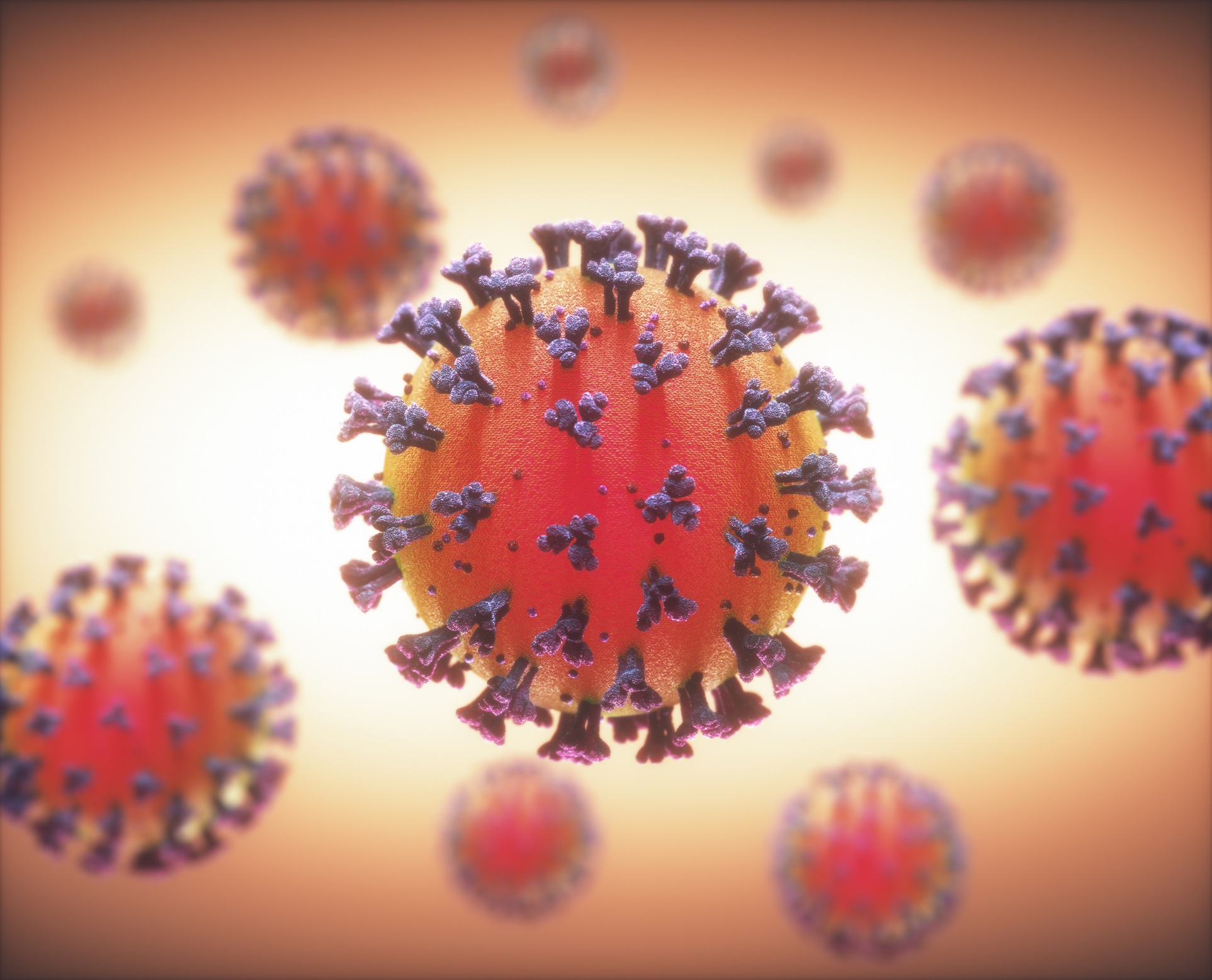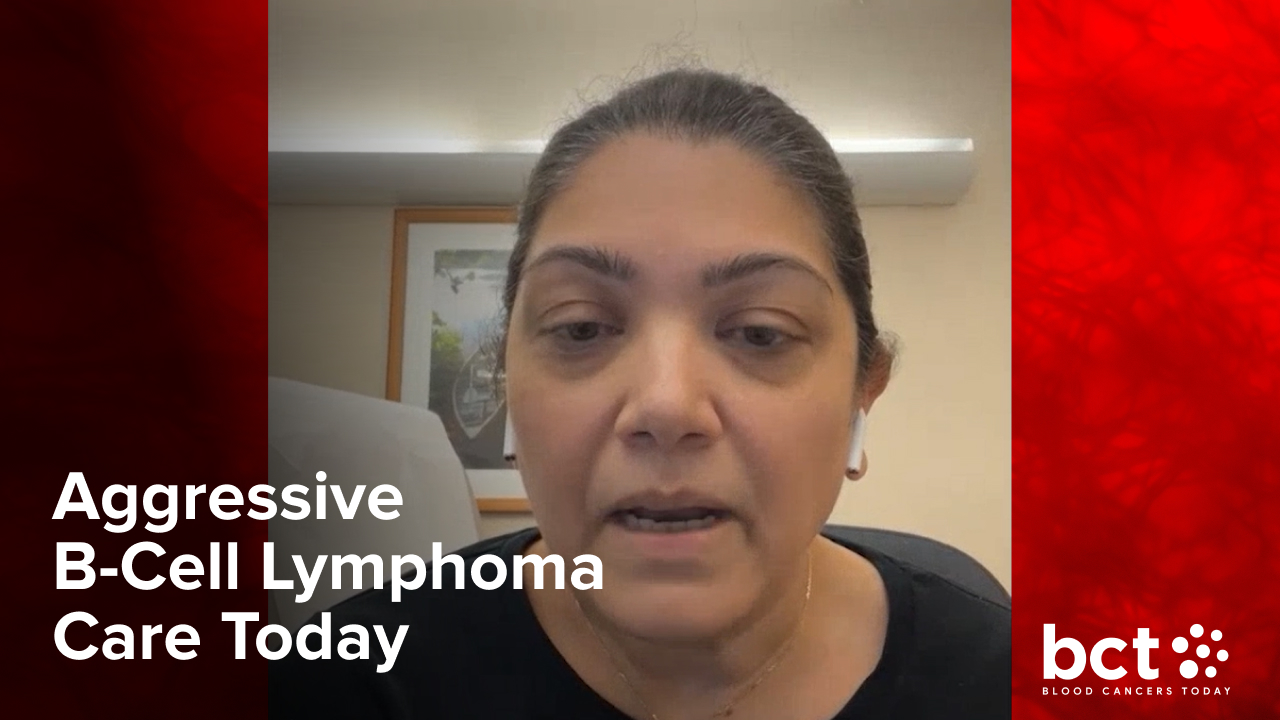
Results from the PRIME study, presented at the ASH Annual Meeting & Exposition, found that P-BCMA-101, an autologous chimeric antigen receptor-T cell (CAR T) therapy, was effective and safe for patients with relapsed/refractory multiple myeloma (RRMM), even in low-dose and outpatient regimens.
P-BCMA-101 is a novel CAR T therapeutic option targeting B-cell maturation antigen (BCMA). PRIME is a phase I/II clinical trial designed to assess safety and efficacy of this treatment in patients with RRMM who have received least three previous lines of therapy.
In total, the study enrolled 43 patients with heavily pre-treated MM. Prior to P-BCMA-101 infusion, patients received a standard 3-day lymphodepletion regimen of cyclophosphamide (300 mg/m2/day) and fludarabine (30 mg/m2/day). Thirty-four patients were treated with a single CAR T infusion, dosed from 0.75-15 × 106 cells/kg, with an overall response rate (ORR) of 57%.
The treatment achieved a strong safety profile for a CAR T product. Cytokine release syndrome (CRS) was only seen in 17% of patients, with only one case of grade 3 toxicity and one case of possible neurotoxicity. No patients required ICU admission or other aggressive measures. Based on the safety results, the protocol was amended to allow for fully outpatient treatment administration.
Following indications of better responses at lower doses, additional cohorts were added at the lower end of the dose range. Four patients were subsequently treated with biweekly infusion cycles, combination therapy with rituximab or lenalidomide pre- and post-lymphodepletion, or single administration at the lowest dose. There was a 100% ORR across these cohorts at two-month follow up. Responses are ongoing, and the safety profile in these patients was similar to the overall population.
“Current clinical data are consistent with preclinical findings that the novel design of P-BCMA-101 can produce significant efficacy, with remarkably low toxicity allowing for outpatient administration. Low doses appear highly efficacious and the modifications to manufacturing appear to have notably improved efficacy,” the researchers concluded.






 © 2025 Mashup Media, LLC, a Formedics Property. All Rights Reserved.
© 2025 Mashup Media, LLC, a Formedics Property. All Rights Reserved.